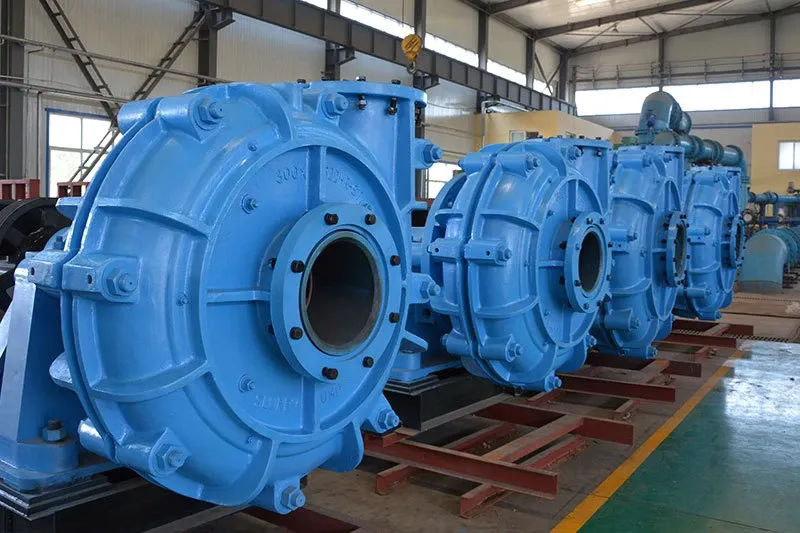Setting Metal Fence Posts Without Concrete
Installing a metal fence can be a fantastic way to enhance the security and aesthetic appeal of your property. While many people traditionally use concrete to set their fence posts, it’s entirely possible to install metal fence posts without the use of concrete. This approach can save time, reduce costs, and make it easier to adjust or move the posts in the future. This article provides a step-by-step guide on how to set metal fence posts without concrete, ensuring a sturdy and durable installation.
Materials Needed
Before you begin, gather the necessary materials - Metal fence posts (galvanized steel or aluminum) - Post hole digger or auger - Gravel or crushed stone - Post level or measuring tape - Optional wood stakes and string for visibility - Optional quick-setting foam (for additional stability)
Step 1 Plan Your Layout
Begin by planning the layout of your fence. Use stakes and string to mark where each post will go. This will help ensure that the posts are spaced evenly. The standard distance between fence posts typically ranges from six to eight feet, depending on the design and type of fence.
Step 2 Dig the Post Holes
Using a post hole digger or auger, dig holes for your metal fence posts. The depth of the holes should be about one-third the height of the posts for proper stability. For example, if your fence posts are eight feet tall, the holes should be at least two to three feet deep. Following the proper depth not only assures stability but also helps to prevent the posts from tipping or shifting over time.
Step 3 Add Gravel or Crushed Stone
After digging the holes, pour a few inches of gravel or crushed stone into the bottom of each hole. This layer serves as drainage, helping to prevent moisture buildup that can lead to rust or deterioration of the metal posts. The gravel also provides a solid base that adds stability without the need for concrete.
setting metal fence posts without concrete

Step 4 Insert the Metal Posts
Carefully place the metal fence posts into the opened holes. Make sure the posts are vertical by using a post level or a measuring tape to check alignment. It’s crucial that the posts are straight to ensure an even and secure fence. If you have multiple posts, ensure they are at the same height for a uniform appearance.
Step 5 Backfill with Gravel
Once the posts are positioned correctly, backfill the holes with more gravel or crushed stone. Be sure to pack it tightly around the posts to eliminate any gaps. This will help solidify the posts and prevent them from shifting. You may want to add a few inches at a time and compact it down for maximum stability.
Step 6 Optional Foam Setting
For added support, consider using quick-setting foam. This is especially useful in areas with poor soil that may not provide adequate drainage or support. Apply the foam according to the manufacturer’s instructions after backfilling with gravel, and allow it to cure as directed. This will provide a firm grip on the posts and enhance their longevity.
Step 7 Allow Time for Settling
Give the installation some time to settle, especially if you’ve used quick-setting foam. It’s wise to let the posts sit undisturbed for at least 24 hours to ensure they are firmly set.
Conclusion
Setting metal fence posts without concrete is a practical, efficient, and cost-effective solution for installing your fence. By following these steps, you can achieve a durable and attractive fence that enhances the security and appearance of your property. Not only does this method save time and materials, but it also makes future adjustments easier. Whether you’re building a simple boundary or a decorative feature, metal fence posts can provide the strength and stability needed for a successful installation.
















